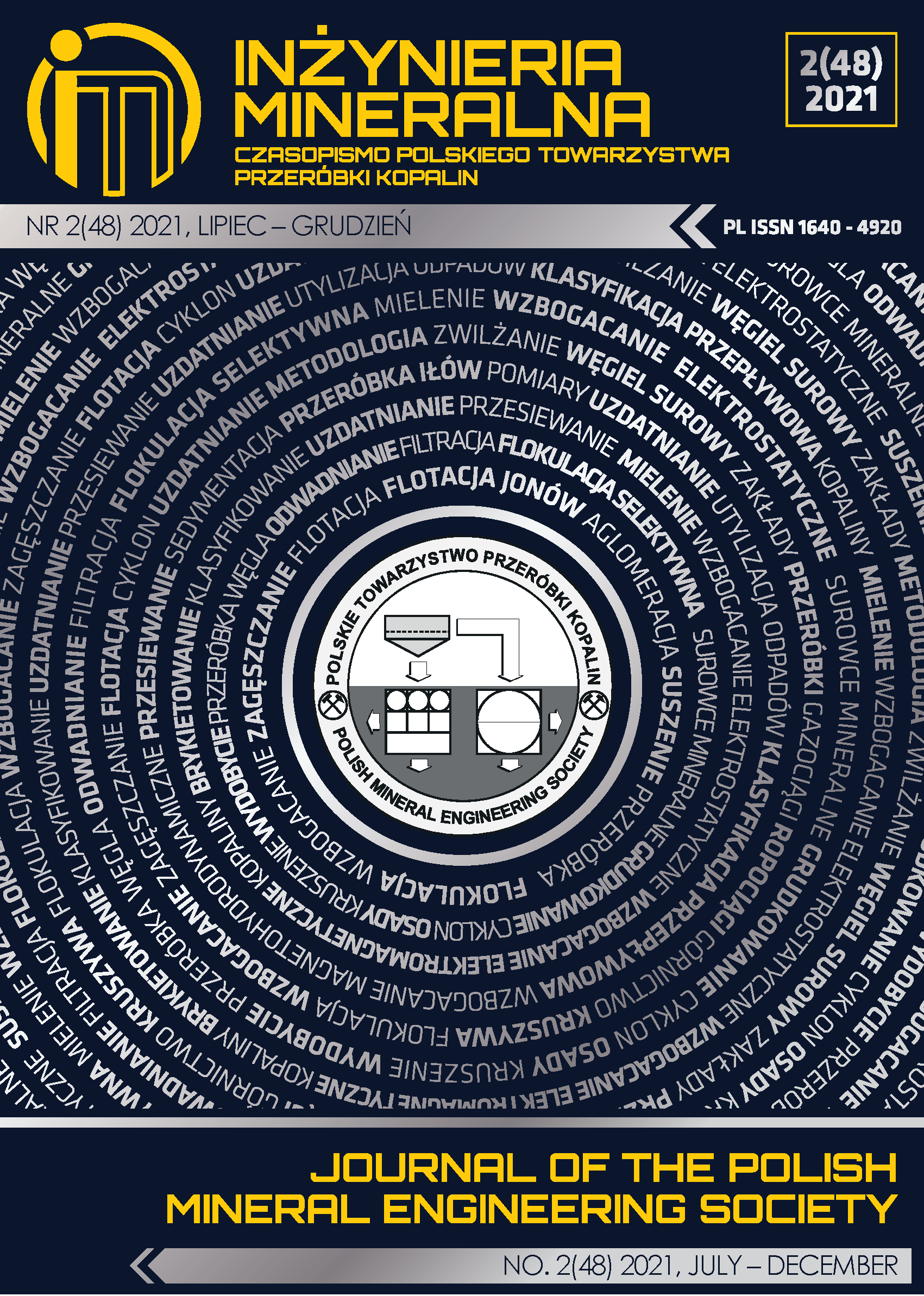Riverbank Filtration – A Potential Water Source Exploitation for the Red River Delta Region
Abstrakt
Riverbank filtration technology has been widely applied worldwide because of its high-capacity
collection and good water quality throughout natural purification processes. Infiltration water can be
extracted from Holocene (qh) layer or the Pleistocene deep layer (qp), replenished with water from the
river through hydrogeological windows. Hydrodynamic and isotopic signatures were employed to
determine water seepage capacity. The results show that infiltrated water is found in the sand layers along
the rivers. However, the seepage rate shows a heterogeneously spatial variation ranging from 30 m3/d in
the Dinh Dao river to 33,600 m3/d. Km along the shoreline in the Red River (RRD). Also, the exploitation
capacity of seepage water differs widely in order of large (> 3,000 m3/d), medium (1,000-3,000 m3/d),
small (500-1,000 m3/d), and very small capacity (200-500 m3/d). This study indicated that RRD could
apply riverbank filtration techniques to overcome freshwater scarcity in the delta due to increasing surface
pollution and discharge reduction.
Copyright (c) 2021 Trung Hieu NGUYEN ,Thu Ha DOAN ,Van Duy HOANG ,Thanh Tung TONG

Utwór dostępny jest na licencji Creative Commons Uznanie autorstwa – Na tych samych warunkach 4.0 Miedzynarodowe.
Czasopismo pozostawia część majątkową praw autorskich autorowi.
Czasopismo zezwala autorom i zachęca ich do zamieszczania swoich artykułów na prywatnych stronach internetowych oraz w instytucjonalnych repozytoriach. Dotyczy to zarówno wersji przed opublikowaniem, jak i wersji po publikacji. Udostępniając swoje artykuły są zobowiązani do zamieszczenia szczegółowych informacji bibliograficznych, w szczególności (o ile to tylko możliwe) podania tytułu tego czasopisma.







.png)
